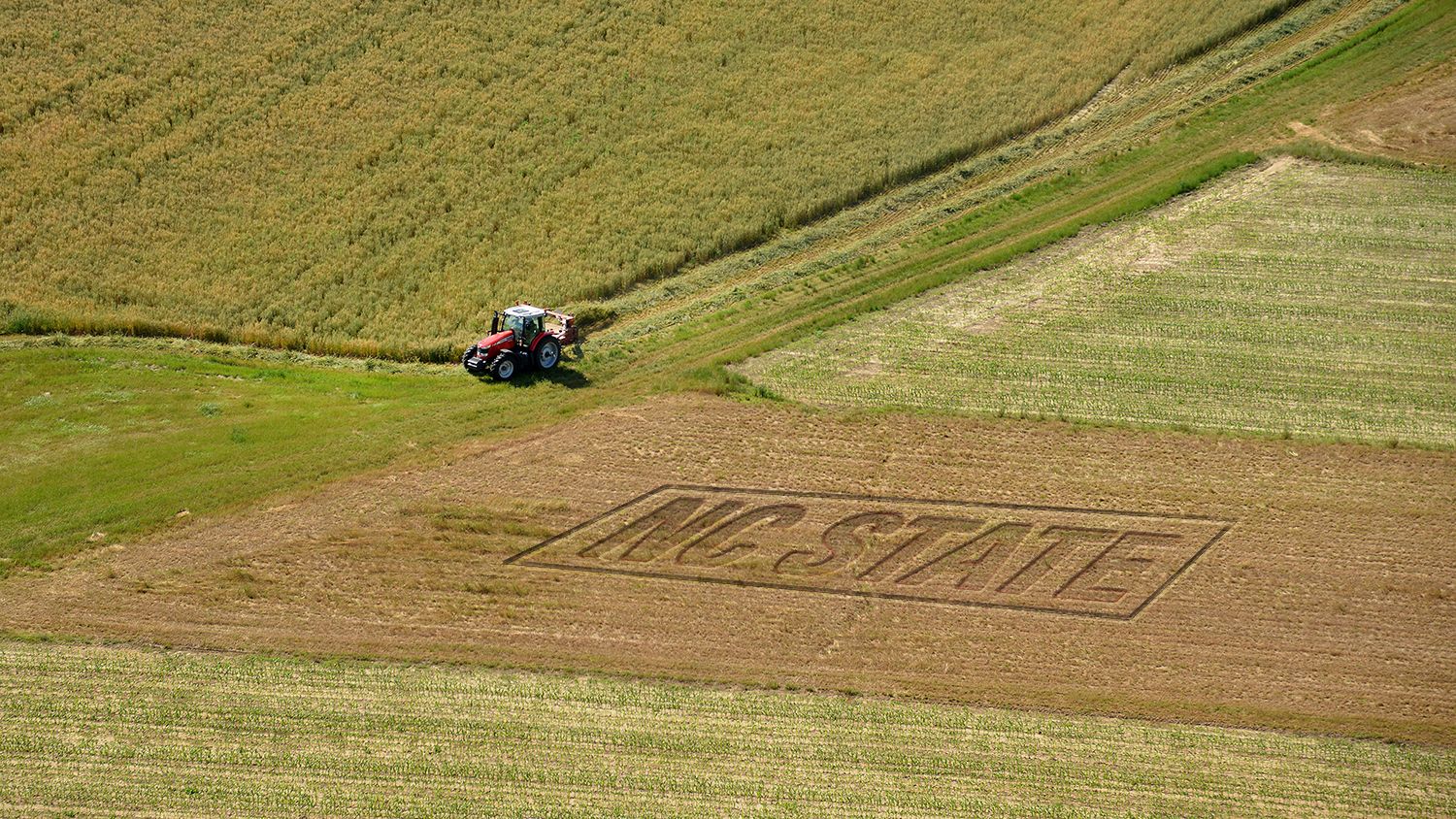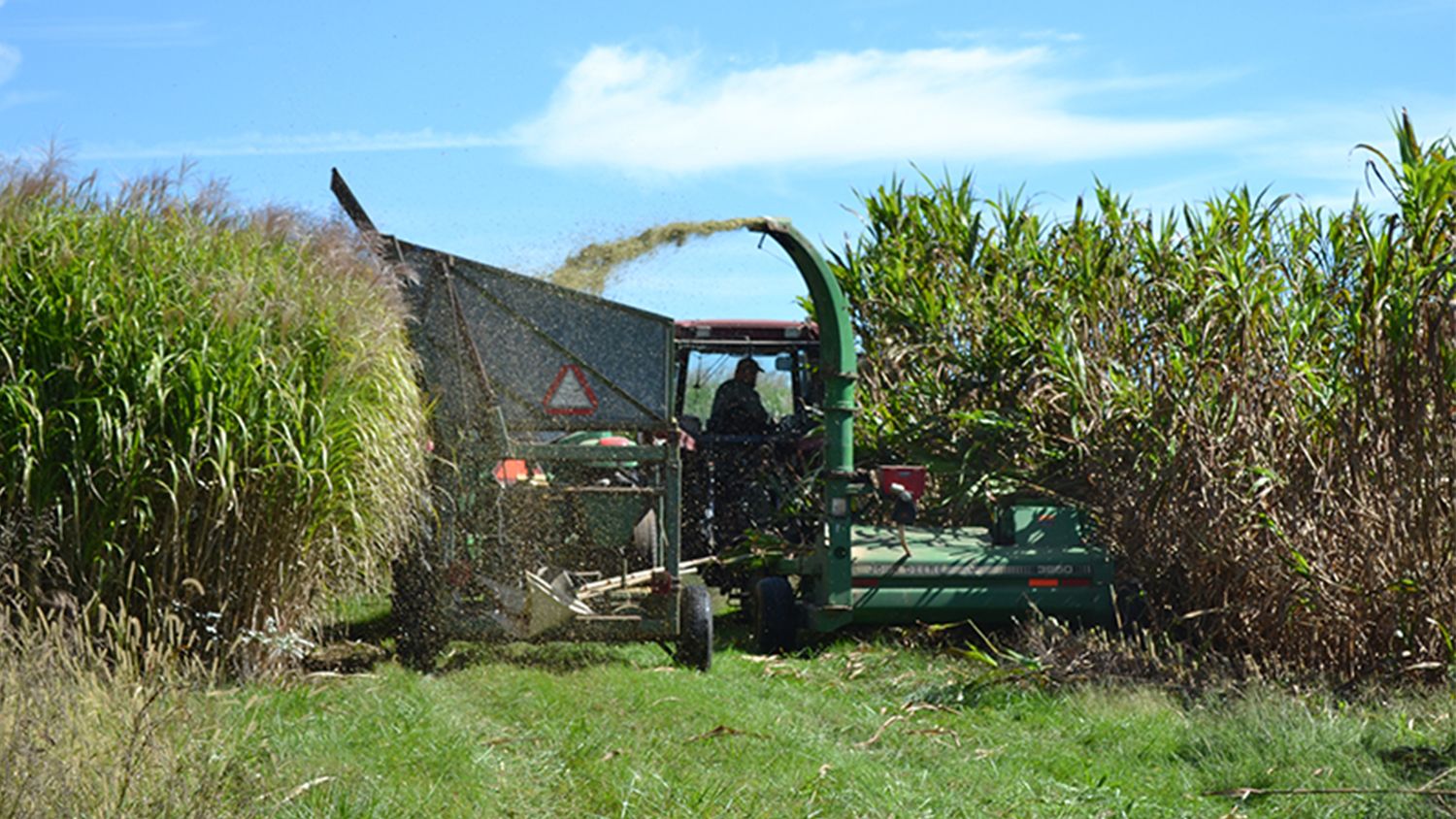
The U.S. federal government and many private businesses have set bold renewable energy goals, upwards of an 80-100% renewable electrical grid by midcentury. Currently, North Carolina consumes only 10% renewable energy, most of which is solar, unlike national consumption which is more diverse, particularly in biomass. As demand and incentives for renewable energy increase, improving the production efficiency of other renewable sources will be vital. NC State researchers are evaluating biomass crops and land-use strategies to help NC growers assess and capitalize on bioenergy trends in an environmentally responsible way.

Defining ‘Marginal’ Meaning for North Carolina
The NC Department of Agriculture funds research and development of second-generation bioenergy crops through the NC Bioenergy Initiative. While biomass crops like corn, sugarcane, and grasses offer NC growers an attractive renewable energy option, agricultural and environmental concerns suggest that biomass crop production could cannibalize commodity crop acreage or environmentally sensitive forests and wetlands. Biomass crops are typically designated for ‘marginal’ agricultural land, but there has been no explicit agreement on the term’s definition.
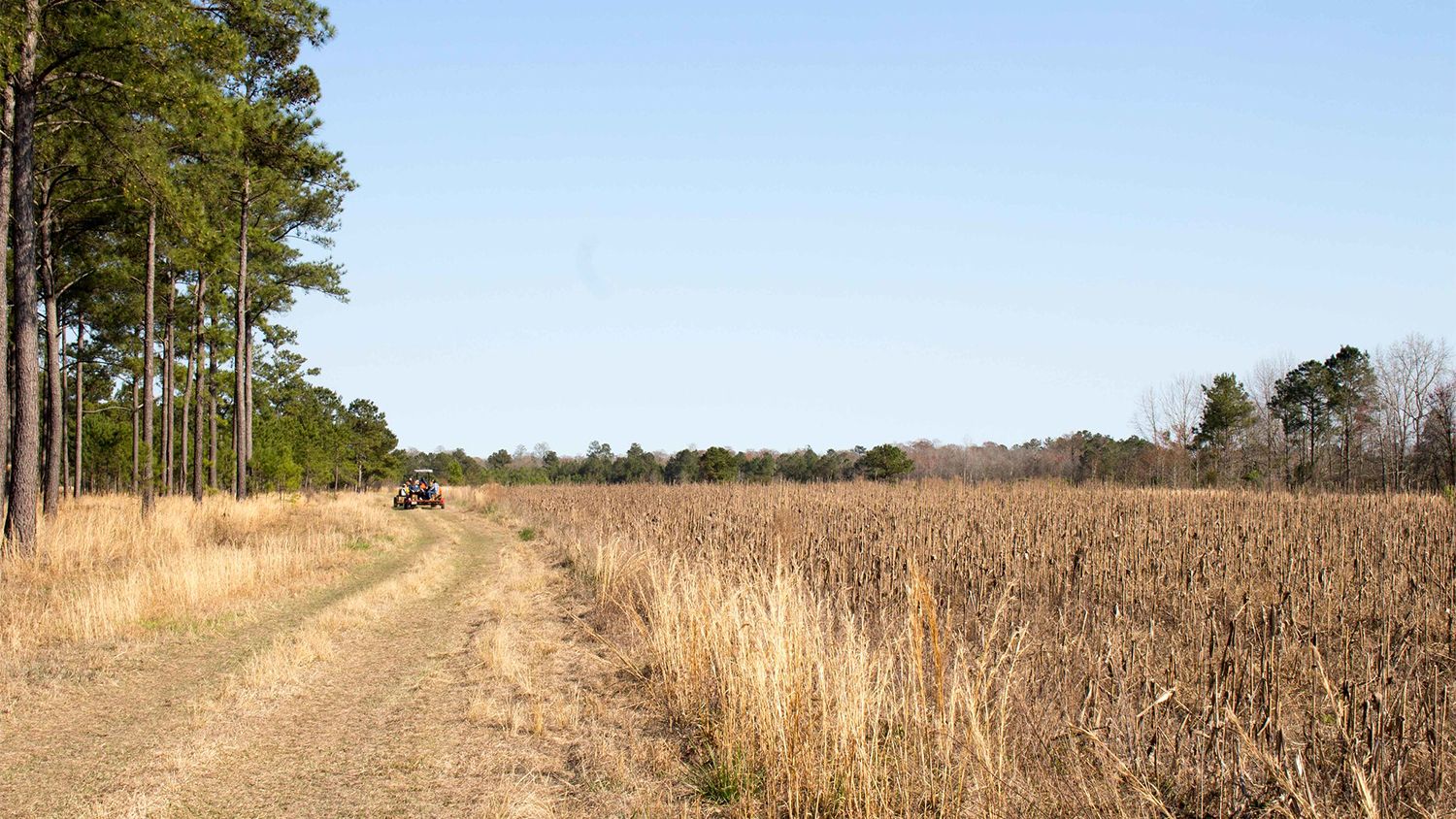
In the first stage of an ongoing bioenergy research project, NC State Professor of Soil Physics and Hydrology, Josh Heitman, and his research team sought to establish practical criteria to identify marginal agricultural land in North Carolina.
“Intuitively people know what marginal land is. But there really was no clear-cut definition so it becomes a grey area. We showed how to combine information from different sources to consistently identify marginal locations and avoid unintended impacts,” said Henrique Carvalho, a postdoctoral scholar in Heitman’s research group.
The team outlined two fundamental variables for bioenergy site selection. First is the soil characteristics, including slope, erosion potential, nutrient leaching, flooding, or drought. This information is readily available from the USDA-NRCS soil survey classifications. Second is the realistic yield expectations for common commodity crops such as corn and soybeans.
Combining these two factors allowed Heitman’s group to compare regionally diverse sites with varying agricultural potential and environmental importance to identify which areas were best suited for bioenergy cropping.
For example, their criteria ranked a particular sandy Coastal Plain soil with limited slope as low value for agriculture use (due to poor drainage) but high for ecosystem services as a riparian buffer. It would be a poor bioenergy crop site because of the environmental benefit trade-off.
Similarly, a Piedmont loamy sand soil was ranked low value for commodity crop production compared to an equally sloped soil due to lower crop yield potential. Barring environmental significance, it would be an appropriate bioenergy crop site.
”Our goal is to help growers, and the state and federal agencies they work with, to have a way to really balance and implement land use goals amongst food, fiber, and fuel production, while also conserving important ecosystem services,” Heitman said.

Unyielding To Drought
With objective site selection criteria in hand, the research team moved on to compare the biomass yield and water use of three common second-generation bioenergy crops for the NC Piedmont: switchgrass, miscanthus, sorghum to two traditional crops: silage corn and tall fescue.
“Evaluating how well a cropping system uses its resources (like water) could provide the producer with useful information about selecting the appropriate crop with the highest or most consistent yields in a given environment,” Heitman said.
We want to provide information about productivity and resource use efficiency so that they can make informed decisions about new candidate crops
The team’s study found that Giant miscanthus had the highest biomass yield and water-use efficiency, making it ideal for low input environments. Corn and sorghum were viable options if adequate moisture was available. Fescue had the lowest yield but the greatest water and fertilizer requirements. The group noted that converting land from fescue hay production to bioenergy grasses would provide growers a greater biomass return on the available water with fewer inputs and potentially fewer environmental concerns.
”Growers have options in the crops they choose. We want to provide information about productivity and resource use efficiency so that they can make informed decisions about new candidate crops,” Heitman said.
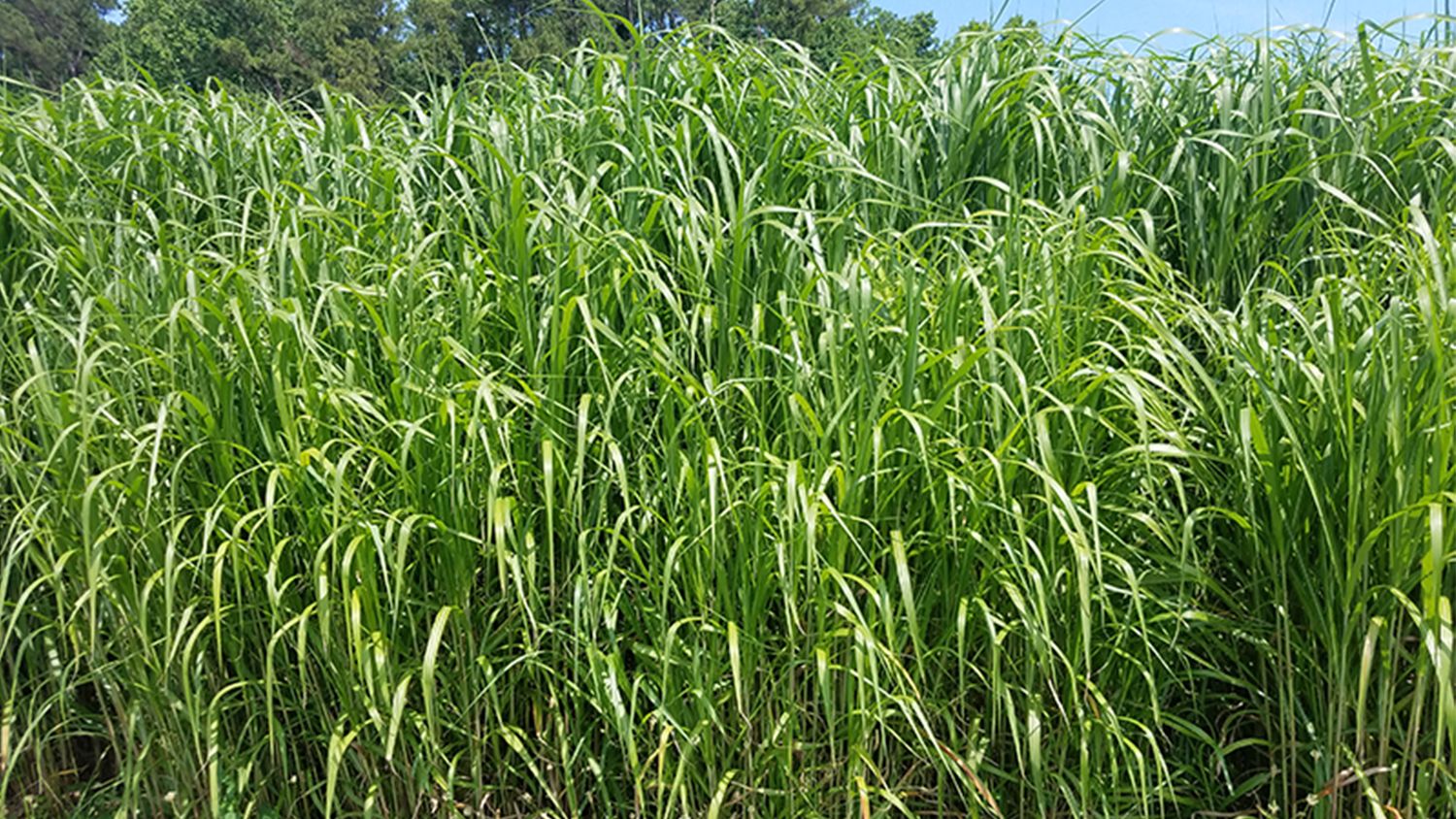
Potential Energy in North Carolina
Overall, perennial grasses like Giant miscanthus pose good bioenergy potential, similar to wood, but with greater carbon sequestering benefits in a shorter time frame using existing farm infrastructure. They also offer the added benefit of a flexible harvest window – often being left in the field through winter or as time allows. But Heitman notes that bioenergy crops are not one-size-fits-all.
”We continue to work with plant breeders, agriculture engineers, and others to better understand how new cropping systems can be best implemented into North Carolina agriculture.”
The group’s next phase of research will compare bioenergy crop hybrids, assess how water use patterns affect biomass and investigate the environmental impact of converting to bioenergy crops.
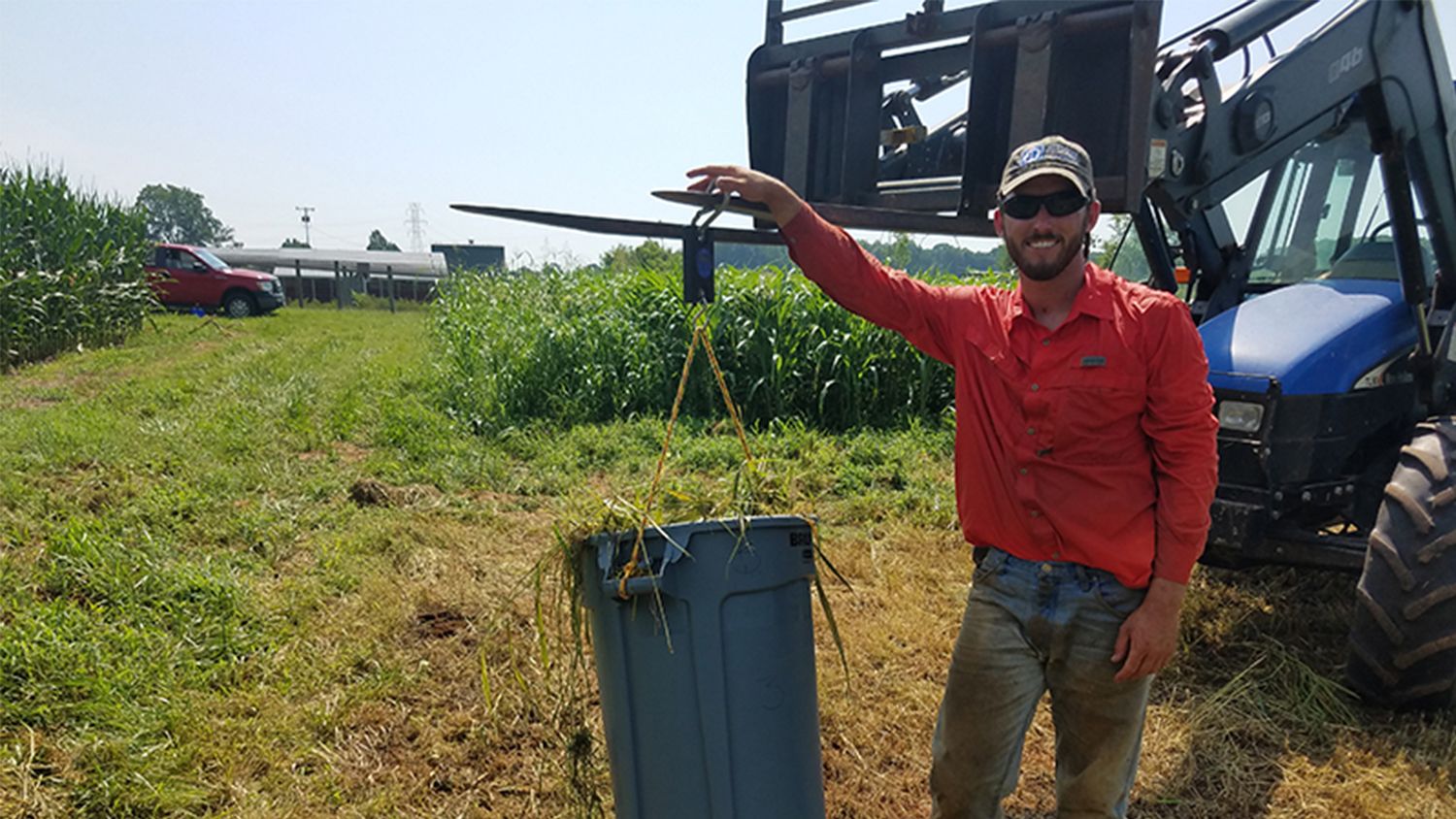
Want More Data-Driven Decisions?
Crop and Soil Sciences’ crop research and Extension programs share field-tested agronomic knowledge and best practices statewide. Follow how our innovations affect agriculture and environmental science by joining our weekly newsfeed.
Empowering NC growers through proven research is just part of how we are growing the future.
